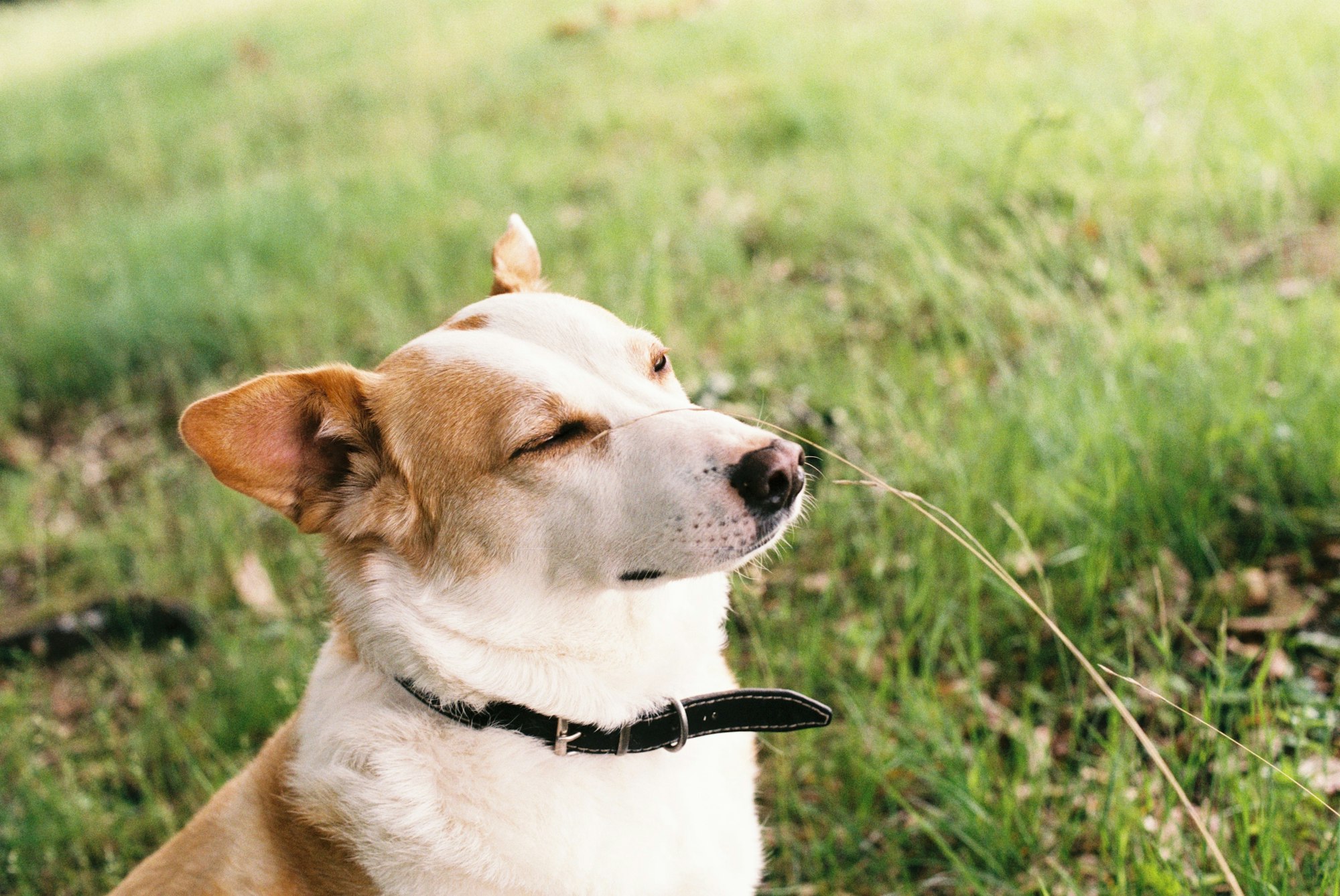Are you a proud owner of a new furry friend? Training your dog is an essential part of building a robust bond and ensuring their safety. Teaching basic dog commands is the basis for a well-behaved and compliant pet. Here, we will explore the importance of basic dog commands and provide you with a comprehensive guide on how to train your canine companion effectively.
Introduction: The Significance of Basic Dog Commands
Basic dog commands are the building blocks of dog training. They establish communication between you and your four-legged companion, allowing you to effectively convey your expectations and ensure their safety. By teaching your dog these commands, you provide them with structure and guidance, fostering good behavior and preventing potential issues down the line.
Sit: The First Command to Teach Your Dog
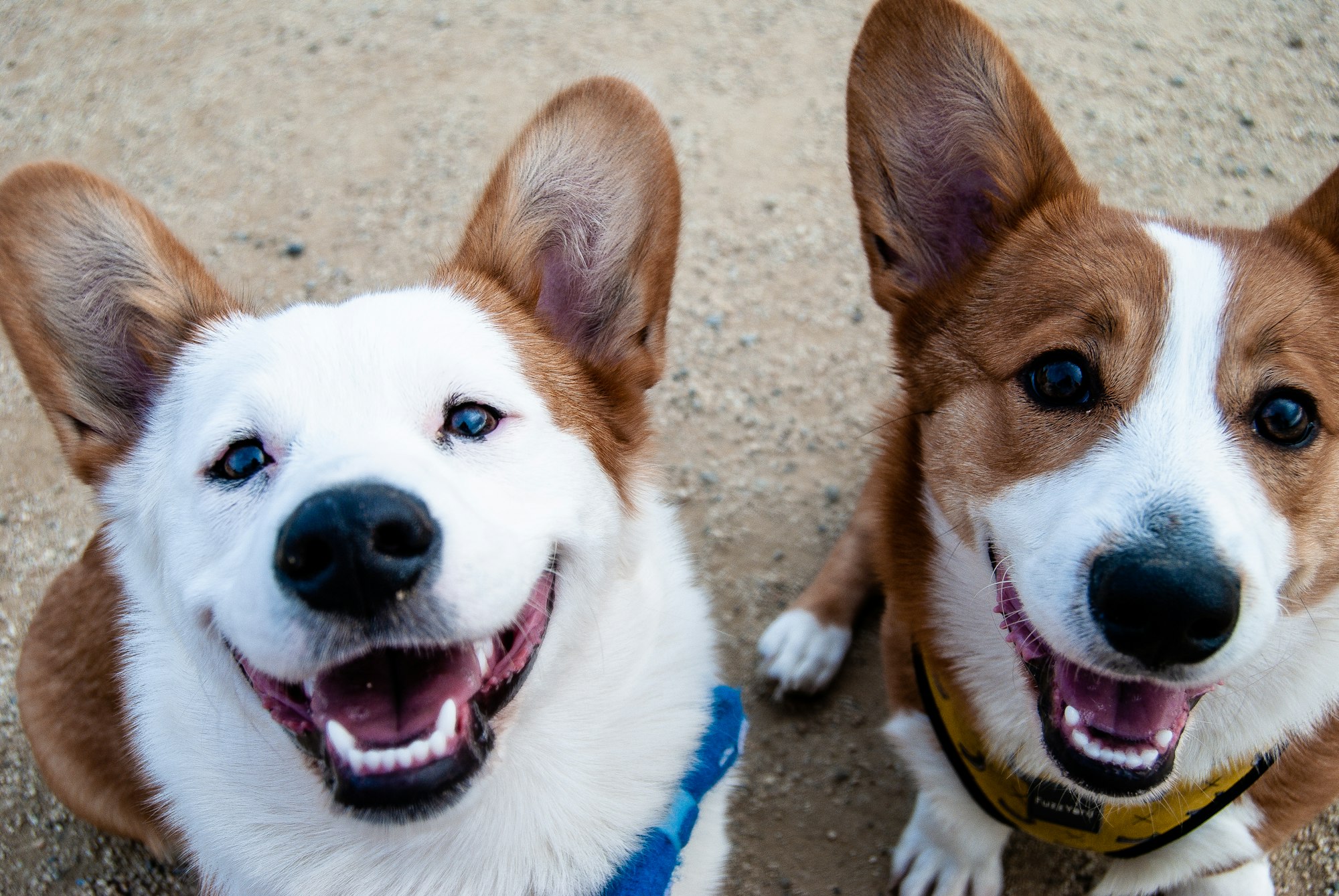
Teaching your dog to sit is often the first command you introduce during training. It is a fundamental command that helps your dog learn impulse control and focus. To teach your dog to sit, follow these simple steps:
1. Hold a treat close to your dog's nose.
2. Slowly raise the treat above their head, guiding them into a sitting position.
3. As soon as their bottom hits the ground, say "Sit" and reward them with the treat.
4. Repeat this process several times a day until your dog associates the word "Sit" with the action.
Stay: Teaching Your Dog to Stay in Place
The command "Stay" is crucial for ensuring your dog's safety in various situations. It teaches them to remain in one place until you permit them to move. Here's how to teach your dog to stay:
1. Start with your dog in a sitting position.
2. Hold your hand out, palm facing your dog, and say "Stay."
3. Take a step backward and reward your dog if they stay in place.
4. Gradually increase the distance and duration of the stay, always rewarding your dog for complying.
Lie Down: Encouraging Your Dog to Relax

The "Lie Down" command helps your dog settle down and relax. It is particularly useful in situations where your dog needs to stay calm, such as when guests visit or during mealtime. Follow these steps to teach your dog to lie down:
1. Begin with your dog in a sitting position.
2. Hold a treat close to their nose, then slowly lower it to the ground.
3. As your dog follows the treat and lies down, say "Lie Down" and reward them.
4. Practice this command regularly to reinforce the behavior.
Come: Establishing Recall Skills
The command "Come" is vital for ensuring your dog returns to you when called. It promotes their safety and allows for off-leash exploration in secure areas. To train your dog to come, follow these steps:
1. Start in a quiet, enclosed space with minimal distractions.
2. Crouch down and enthusiastically say your dog's name followed by "Come."
3. Use a treat or a favorite toy as a reward when they come to you.
4. Gradually increase the distance and practice in different environments to strengthen their recall skills.
Heel: Teaching Your Dog to Walk Nicely on a Leash
Walking politely on a leash is essential for enjoyable walks with your dog. The "Heel" command teaches your dog to walk beside you without pulling or lunging. Here's how to train your dog to heel:
1. Begin with your dog on a leash and in a relaxed state.
2. Hold the leash firmly and start walking.
3. Use a treat or a clicker to get your dog's attention and reward them for walking by your side.
4. Consistently reinforce the behavior by rewarding your dog whenever they walk calmly beside you.
Leave It: Ensuring Your Dog's Safety
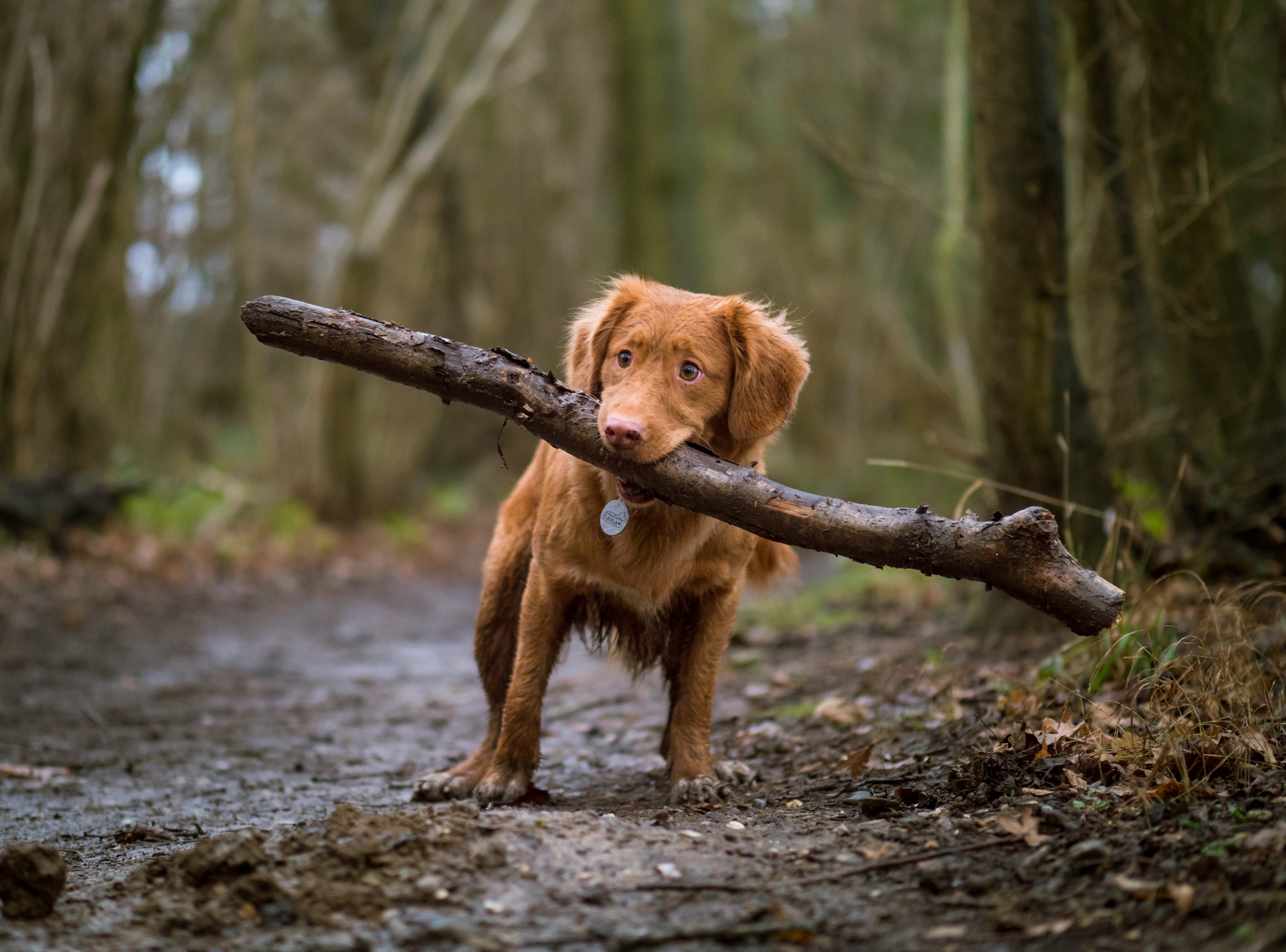
The "Leave It" command is crucial for preventing your dog from picking up harmful objects or consuming something they shouldn't. It teaches them to ignore and move away from certain items. Follow these steps to train your dog to leave it:
1. Show your dog a treat in your closed hand.
2. Say "Leave It" and wait for them to stop sniffing or pawing at your hand.
3. Once they back away, reward them with a different treat from your other hand.
4. Practice this command with various objects, gradually increasing their difficulty.
Off: Teaching Your Dog to Keep Paws on the Ground
The command "Off" is useful when you want to prevent your dog from jumping on people or furniture. It teaches them to keep all four paws on the ground. Here's how to train your canine to understand dog paws "Off":
1. When your dog jumps on you or an object, calmly say "Off" without any physical force.
2. Turn away from your dog, withhold attention, and wait for them to calm down.
3. Once they have settled, reward them with praise or a treat.
4. Consistency is key to reinforcing the "Off" command and discouraging jumping behavior.
9. Drop It: Teaching Your Dog to Release Objects
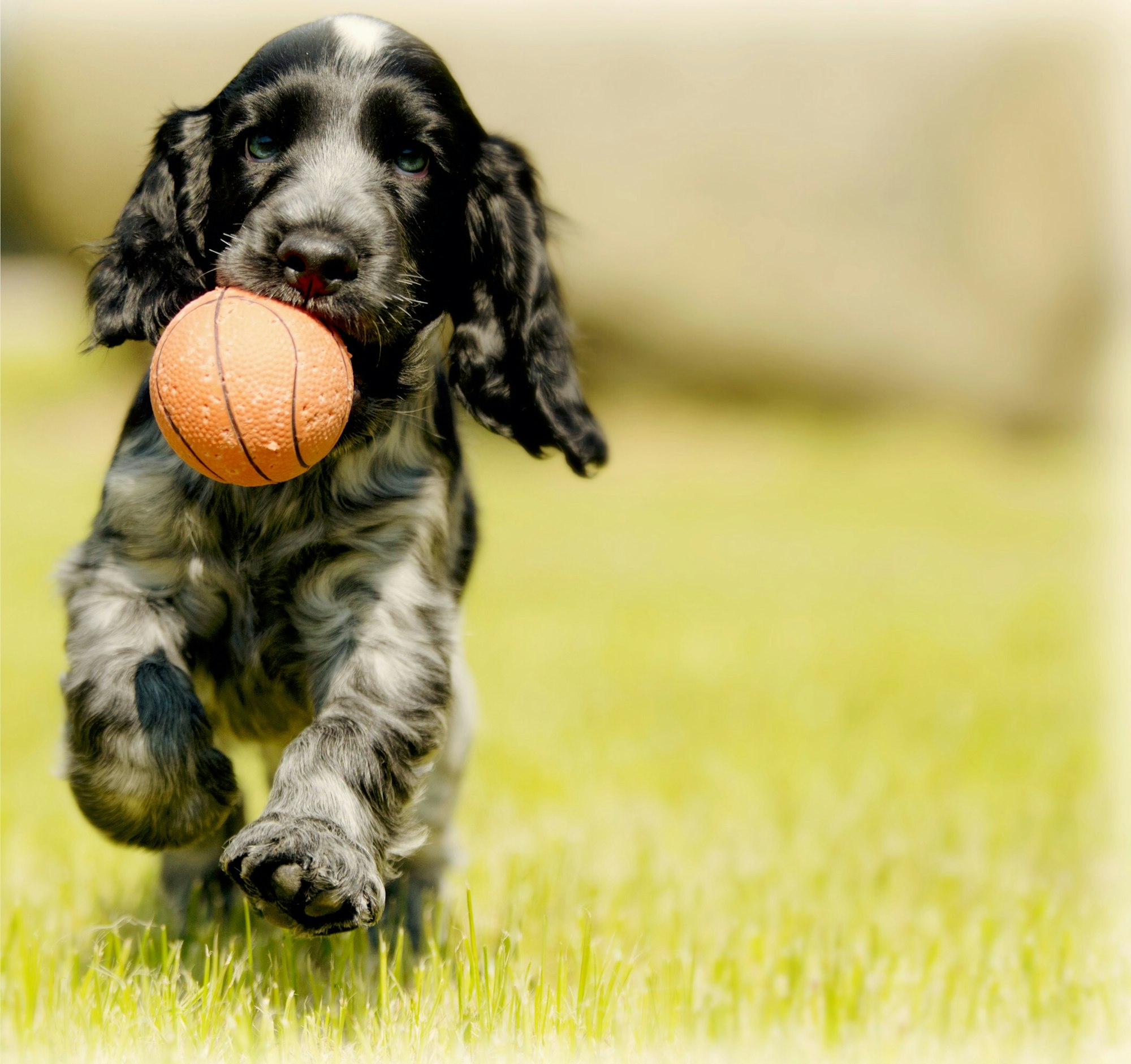
The "Drop It" command is crucial for your dog's safety, especially when they have picked up something potentially harmful. It teaches them to release objects willingly. Follow these steps to train your dog to drop it:
1. Offer your dog puzzle toys or an object they enjoy.
2. Say "Drop It" in a firm but gentle tone.
3. Hold a treat close to their nose to encourage them to let go.
4. Once they release the object, reward them with praise or a treat.
Wait: Teaching Patience and Self-Control
The "Wait" command is essential for teaching your dog patience and self-control. It prevents them from rushing out of doors or gates and helps keep them safe in potentially dangerous situations. Here's how to train your dog to wait:
1. Begin by having your dog on a leash or in a controlled environment.
2. Hold your hand up, palm facing your dog, and firmly say "Wait."
3. Take a step forward, and if your dog remains in place, reward them.
4. Gradually increase the duration and distance before giving the release command.
Speak: Fun and Useful Command for Communication
The "Speak" command allows you to encourage your dog to bark on command. While it may seem counterintuitive, it can be helpful for training purposes or as a fun trick. Here's how to teach your dog to speak:
1. Find a trigger that typically makes your dog bark, such as ringing the doorbell.
2. As the trigger occurs and your dog barks, say "Speak" and reward them.
3. Repeat this process, associating the word "Speak" with their barking behavior.
4. Over time, you can use the command without the trigger to prompt your dog to bark.
Quiet: Teaching Your Dog to Stop Barking
The "Quiet" command is essential for controlling excessive barking. It teaches your dog to stop barking on command. Follow these steps to train your dog to be quiet:
1. Wait for your dog to start barking.
2. Say "Quiet" in a firm, calm voice.
3. Once they stop barking, reward them with praise and a treat.
4. Consistently reinforce the "Quiet" command and reward them for being calm and quiet.
Shake Hands: A Friendly Gesture for Your Dog
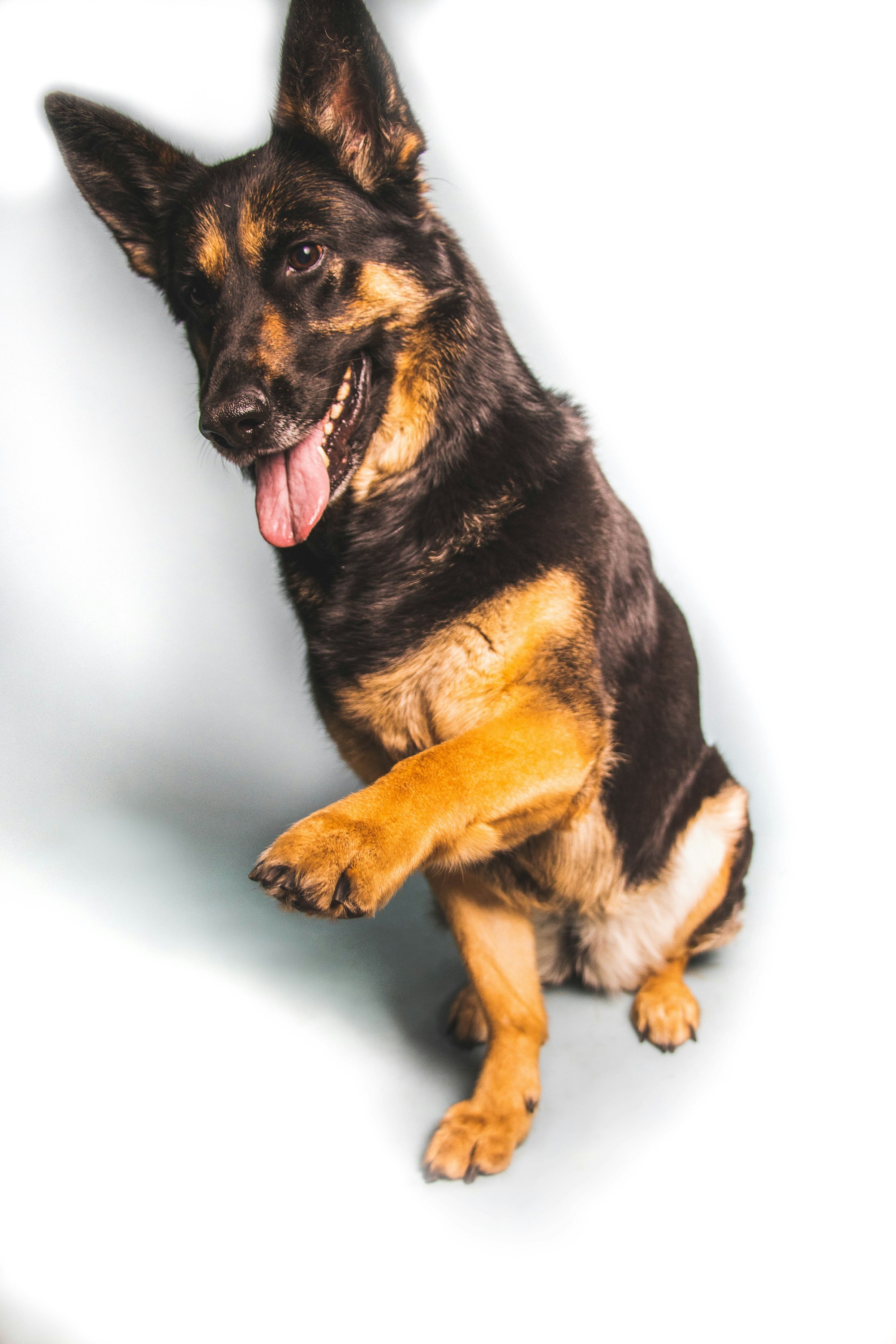
The "Shake Hands" command is a friendly and interactive way to greet others with your dog. It showcases their social skills and obedience. Here's how to teach your dog to shake hands:
1. Hold a treat in your closed fist, presenting it to your dog.
2. Say "Shake" and wait for them to paw at your hand.
3. As soon as they make contact with your hand, open it and reward them with the treat.
4. Practice this command regularly to reinforce the behavior.
High-Five: Adding a Playful Touch to Training
The "High-Five" command adds a playful touch to your dog's repertoire of tricks. It enhances their coordination and strengthens your bond. Follow these steps to teach your dog to give a high-five:
1. Hold a treat in your hand, showing it to your dog.
2. Raise your hand slightly, encouraging them to paw at it.
3. Say "High-Five" and reward them when their paw touches your hand.
4. Practice this command regularly to solidify the high-five behavior.

Roll Over: An Impressive Trick for Your Dog
The "Roll Over" command is an impressive trick that showcases your dog's agility and obedience. It may take time and patience to master, but the final result is rewarding. Here's how to teach your dog to roll over:
1. Begin with your dog in a lying-down position.
2. Hold a treat close to their nose and slowly move it towards their shoulder.
3. As they follow the treat, their body will naturally roll over.
4. Once they complete the roll, say "Roll Over" and reward them.
Conclusion
Training your dog with basic commands is an essential part of responsible pet ownership. It strengthens your bond, enhances communication, and ensures their safety. Remember to be patient, consistent, and use positive reinforcement throughout the training process. With time and practice, your canine will become a well-behaved, obedient, and happy dog.

Frequently Asked Questions (FAQs)
Here are the Frequently Asked Questions about dog’s basic commands:
Q1: How long does it take to train a dog with basic commands?
Training duration can vary depending on factors such as the dog's age, breed, and individual temperament. However, with consistent training sessions, most dogs can learn basic commands within a few weeks to a few months.
Q2: Can older dogs learn basic commands?
Yes, older dogs can learn basic commands. While it may take more time and patience, dogs of any age can benefit from training. The key is to use positive reinforcement and adjust the training sessions to accommodate their needs.
Q3: What if my dog doesn't respond to the training methods mentioned?
If your dog doesn't respond to the training methods mentioned, it's essential to assess the training techniques and consider seeking guidance from a professional dog trainer. They can provide personalized advice and techniques tailored to your dog's specific needs.
Q4: Should I use punishment-based methods during training?
It is recommended to avoid punishment-based methods during training. Positive reinforcement, such as treats, praise, and play, is a more effective and humane approach that strengthens the bond between you and your dog.
Q5: Can I train my dog on my own, or should I seek professional help?
Many dog owners successfully train their dogs on their own using resources like this article. However, if you're facing challenges or want personalized guidance, consulting with a professional dog trainer can be beneficial.
Q6: How do I teach my dog basic commands?
Teaching your dog basic commands involves using positive reinforcement techniques. You
can start by associating a specific command word with the desired behavior and rewarding your dog with treats, praise, or play when they perform the command correctly. Consistency and repetition are key in training your dog.
Q7: What is the best age to start training a dog with basic commands?
It's best to start training a dog with basic commands as early as possible. Puppies can
begin learning simple commands as young as 8 weeks old. However, dogs of any age can be trained with patience and consistency.
Q8: How many basic dog commands are there?
Several basic dog commands are commonly taught to dogs, including commands such as "sit," "stay," "down," "come," "heel," "leave it," "drop it," and "wait." These commands form the foundation of obedience training for dogs.
Remember, each dog is unique, and training progress may vary. Patience, positive reinforcement, and consistent training sessions will help your dog learn and understand the basic commands more effectively.
Now that you have a comprehensive understanding of basic dog commands, it's time to embark on the training journey with your canine companion. Remember to be patient, and consistent, and have fun throughout the process. Your well-trained dog will be a joy to be around and a testament to your dedication as a responsible dog owner.
